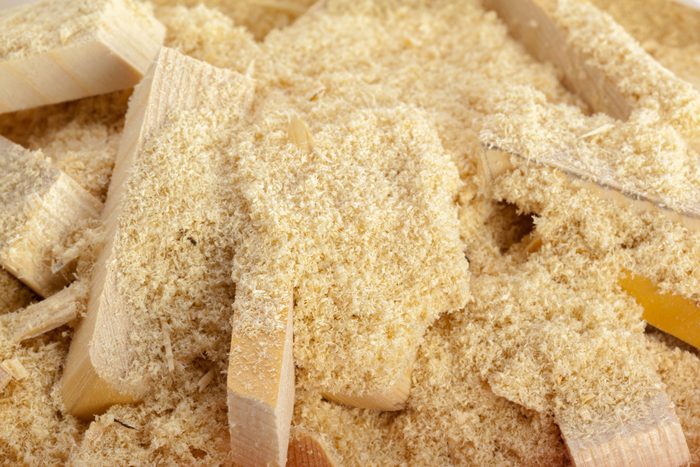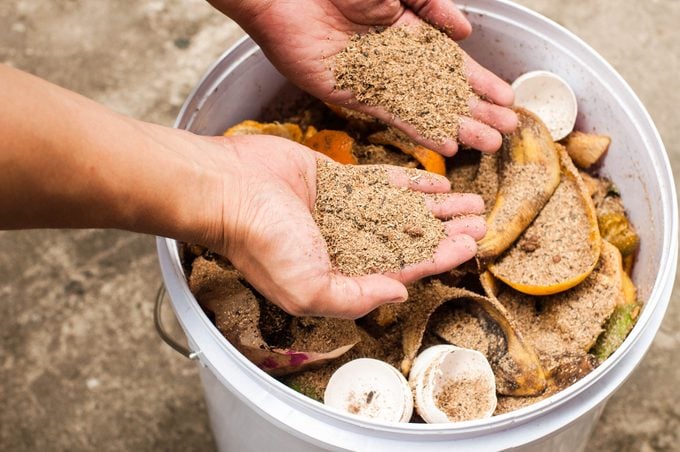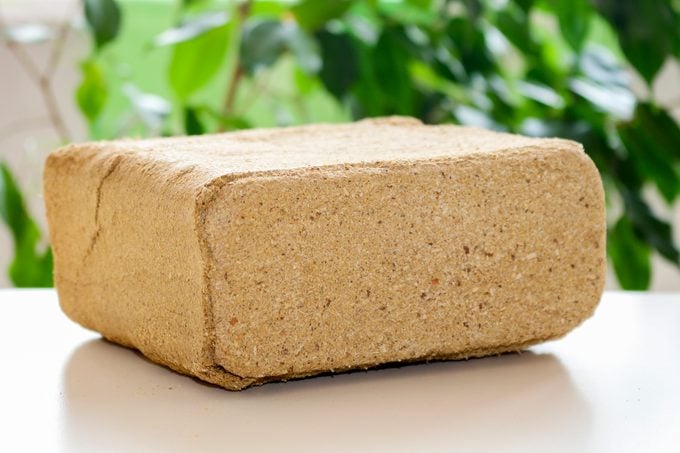9 Alternative Uses for Sawdust
Updated: Jul. 10, 2023

Don't throw it away! Sawdust recycling turns the waste from your saws and sanders into a resource with multiple uses around the shop and the house.
Every fully stocked wood shop has a table saw. You can usually find a pile of sawdust under it, even if it’s only used occasionally. If a shop has a belt sander or band saw, there’s probably another pile of finer sawdust under that. Even people without stationary tools have to deal with sawdust accumulation on their workbenches.
Sawdust recycling may not be the first thing on the mind of DIY woodworkers, but it’s a priority in large industrial shops.
Because it’s the main ingredient in particleboard, medium density fiberboard (MDF) and composite wood products, sawdust is a valuable resource to be carefully collected and sold. Small-scale woodworkers may not produce enough sawdust to sell, but that doesn’t mean they should throw it away.
Of course, virgin sawdust from solid, untreated wood is the most valuable and versatile. It comes in handy in the shop, in the garden or around the house. Sawdust from engineered wood products like plywood, oriented strand board (OSB), MDF, particleboard or pressure-treated wood is toxic and shouldn’t be used around plants or animals, but that doesn’t make it useless.
Next time you sweep the shop floor or dust off your workbench, save that pile of sawdust. Here are some of the things you can do with it.
On This Page
Consider Recycling Sawdust as Compost

Sawdust has a high carbon-to-nitrogen ratio. That means it can a substitute for dry leaves or whatever “brown” matter you’re tossing in with your leafy greens to provide a good compost mixture.
Chemically treated sawdust shouldn’t be put in a compost tumbler. But if you have a pile in the yard, you can leach these chemicals out of the mixture by dousing the pile with water a few times during the summer. Untreated sawdust is also an inexpensive and effective additive for composting toilets.
Mix Your Own Wood Filler
Mix the fine dust that collects in the bag of an orbital or belt sander with glue to make wood filler. Avoid the common mistake of adding white carpenter’s glue, which will turn the mixture into a gray mush.
One advantage of wood filler made from sawdust: It has wood’s natural color. To preserve that, apply a clear resin-like lacquer or polyurethane. For a super-strong filler you can wrap around corners, go with epoxy glue.
Use It for Your Pets
Non-toxic sawdust from non-engineered wood is fragrant and absorbent. Use it in several ways to make life easier for your pets:
- Substitute sawdust for cat litter. It isn’t flushable, but you can bury used sawdust litter in the ground without hurting the environment. Pine sawdust is fragrant and helps control odors.
- Spread it as a bed for your pet hamsters, guinea pigs or rabbits.
- Make it into bedding for chicken coops and horse stalls.
Make Fire-Starting Bricks

You could also compress non-toxic sawdust into bricks, then throw them into the wood stove or fireplace as kindling. Mix the sawdust with water, compress it into a brick mold and let the bricks dry in the sun.
Another way: Moisten the sawdust, let it stiffen overnight, then form it into balls with your hands and dry it in the sun. Add a little melted paraffin or candle wax and lint from the dryer to make the bricks or balls easier to light.
Prevent Slips in the Winter
Sawdust is a safe, non-corrosive salt alternative you can spread on icy walkways or driveways to provide traction. If there is vegetation nearby, use only non-toxic sawdust from non-engineered wood to avoid poisoning them. When winter is over, the sawdust will decompose readily in warmer temperatures.
Dispose of Old Paint
Can’t figure out what to do with those old paint cans with only a little paint left in them? It’s illegal to throw them in the trash as they are, but if you pour in enough sawdust — treated or untreated — it will soak up the paint and harden. You can then chip or scrape out the paint/sawdust mixture, safely throw it into the trash and reuse the can.
Clean Up Spills and Dust
Here’s another great use for chemically treated sawdust: Spread it on the floor to soak up spills. Wood fibers effectively absorb oil or paint spills in the garage, and it also soaks up pet urine and vomit.
If you add some baking soda, the mixture will also deodorize. To clean a dirty or dusty floor, moisten some sawdust, spread it, then sweep it up.
Store Your Root Crops
In the days before refrigeration, people stored carrots, potatoes, parsnips and other root crops in cold soil. Untreated sawdust can make a lightweight substitute.
Spread a layer of sawdust on the bottom of a wooden or cardboard box. Arrange the vegetables so they aren’t touching each other, then fill the box with sawdust and store it in a cool place.
Kill Weeds
If you’re lucky enough to have scored some black walnut for a cabinet project, you’ve got the makings of an effective week-killer.
Spread black walnut sawdust on cracks in your walkways or driveway and let the natural oils from the wood soak in. It’ll kill the weeds. Don’t use black walnut sawdust anywhere else in your garden, however, or it will do the same thing to your plants.
